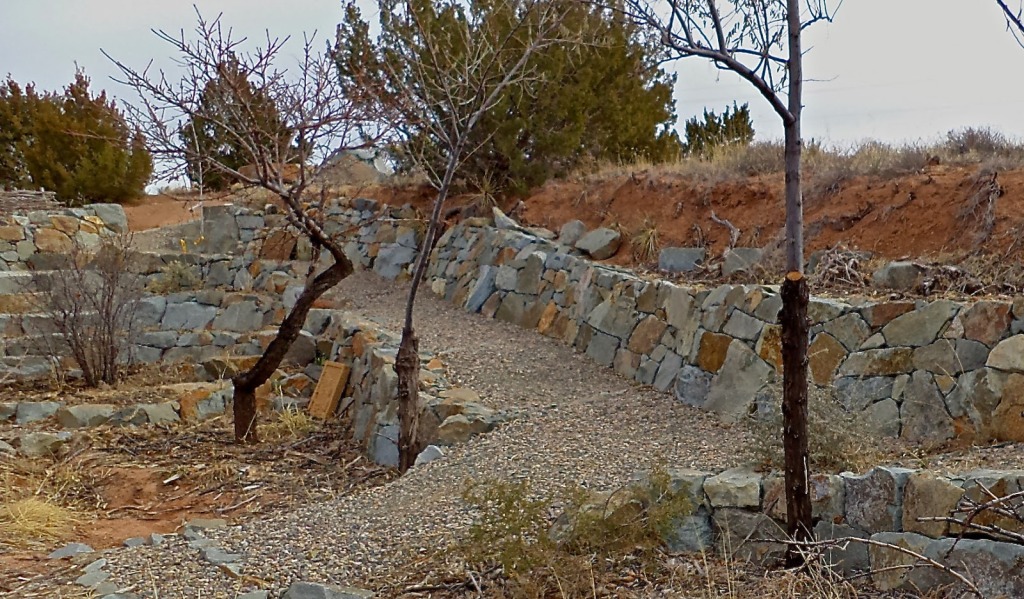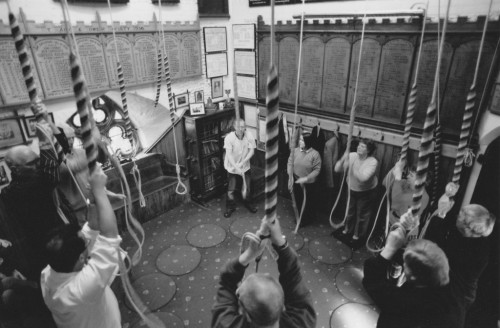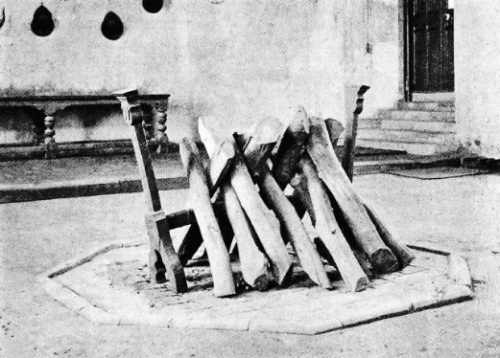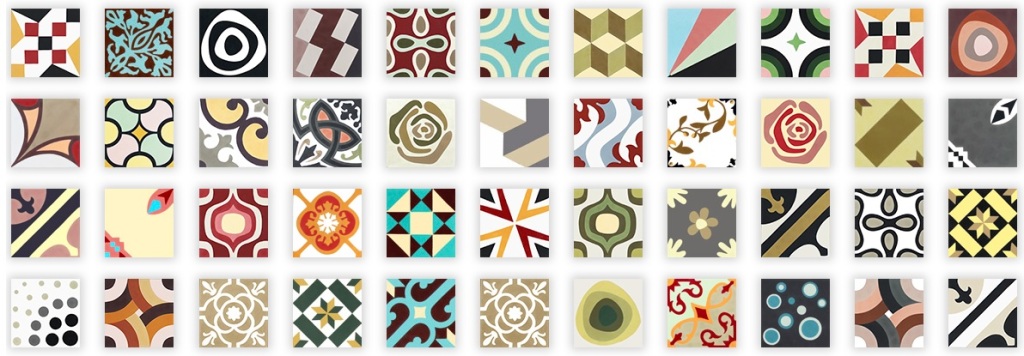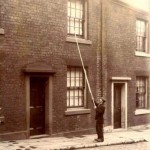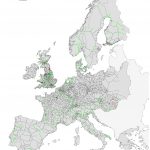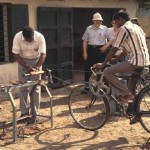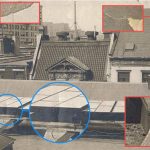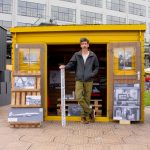François Porcher has translated our 2009 article “Wind Powered Factories: History (and Future) of Industrial Windmills” (“Des fabriques mues par le vent: histoire (et avenir) des moulins à vent“) and sends us the image above to complement the illustrations. For a high-resolution image, go here. More articles have been translated to French and other languages.
Previously:
